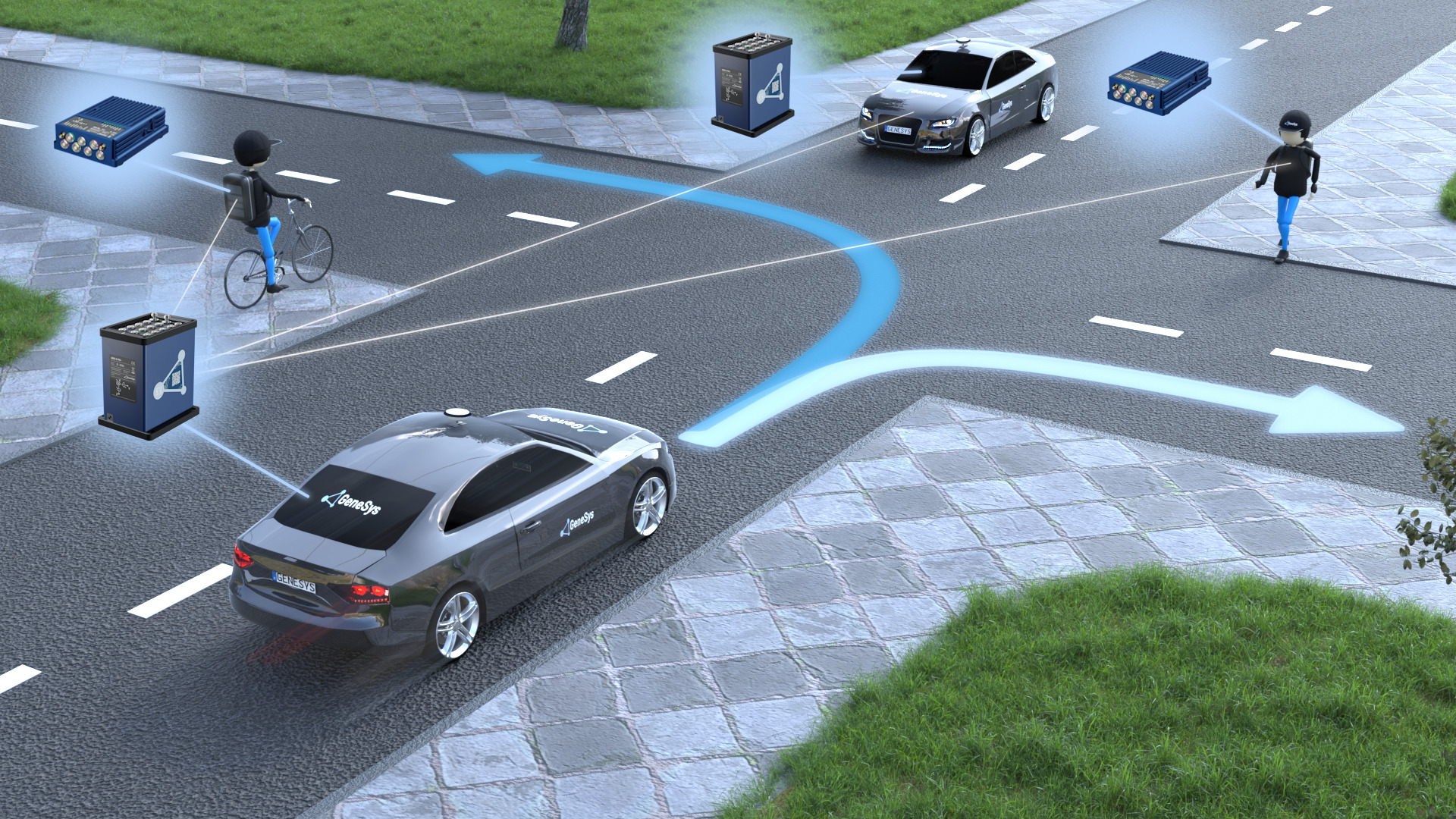ANSI Z26.1 Automotive Glazing Sensor Transparency Testing
The ANSI Z26.1 standard provides a comprehensive framework for assessing the transparency of automotive glazing materials, ensuring that sensors integrated into these surfaces can function reliably and safely within vehicular environments. This testing is particularly crucial in today’s era of autonomous vehicles (AVs) and advanced driver-assistance systems (ADAS), where sensor performance directly impacts safety and operational efficiency.
The standard addresses the physical properties of glazing materials, including their optical characteristics, which are critical for sensors like cameras, radar units, and lidar systems. The testing protocol evaluates how light passes through these surfaces, ensuring that the transmitted light is sufficiently clear to allow accurate sensor readings. This transparency test plays a vital role in preventing issues such as glare, reflection, or distortion, which could compromise the functionality of vehicle sensors.
The ANSI Z26.1 standard is widely recognized and adopted by automotive manufacturers and suppliers. It ensures that glazing materials meet stringent optical performance criteria necessary for safe and effective sensor operation. Compliance with this standard is not only essential for meeting regulatory requirements but also for maintaining a high level of product quality and reliability.
During the testing process, specimens are prepared according to specific guidelines outlined in the ANSI Z26.1 standard. This involves cutting samples from the glazing material to ensure they represent typical automotive applications such as windshields, side windows, or rearview mirrors. The test setup includes calibrated light sources and detectors that measure the amount of transmitted light through these specimens.
The methodology for testing transparency typically involves illuminating the specimen with a standardized light source and measuring the intensity of the transmitted light on the opposite side. The ratio of transmitted to incident light is calculated, providing an accurate measure of the material's optical clarity. This measurement helps determine whether the glazing meets the specified transparency criteria outlined in ANSI Z26.1.
Test results are reported based on this calculated ratio, along with any other relevant parameters such as spectral transmission or haze values. These reports provide valuable insights into the optical properties of the glazing materials and help identify potential issues that could affect sensor performance. The standard also includes acceptance criteria, ensuring that only specimens meeting these stringent requirements can pass the test.
By adhering to ANSI Z26.1 standards, manufacturers can ensure that their automotive glazing products are reliable and safe for integration into vehicles equipped with advanced sensing technologies. This testing is particularly important as autonomous driving technology evolves, requiring higher levels of sensor accuracy and reliability.
Scope and Methodology
The ANSI Z26.1 standard defines the scope of transparency testing specifically targeting automotive glazing materials used in vehicles. The primary focus is on ensuring that these materials do not impede or distort sensor signals, which are critical for safe vehicle operation.
- Test Specimens: Samples cut from automotive glazing materials such as glass or plastic.
- Light Source: Standardized light sources provide consistent illumination across all specimens.
- Detectors: Calibrated detectors measure the intensity of transmitted light.
The methodology involves illuminating each specimen with a standardized light source and measuring the amount of light that passes through. The transmission ratio is calculated based on this measurement, providing an accurate assessment of the glazing material's optical properties.
| Parameter | Description |
|---|---|
| Light Source Type | High-intensity xenon lamp |
| Measurement Range | 380 nm to 780 nm |
| Spectral Resolution | 5 nm |
| Specimen Size | 12.7 cm x 12.7 cm x thickness of original glazing material |
The acceptance criteria for passing the ANSI Z26.1 test are based on predefined transmission ratios, ensuring that the glazing materials meet specified optical performance standards.
Benefits
- Enhanced Sensor Performance: Ensures reliable sensor readings by eliminating interference from non-transparent glazing materials.
- Increased Safety: Reduces the risk of accidents due to compromised sensor functionality in critical driving scenarios.
- Regulatory Compliance: Helps automotive manufacturers meet international safety and quality standards.
- Promotes Innovation: Facilitates the development of new glazing materials with improved optical properties.
The ANSI Z26.1 standard is particularly beneficial for R&D engineers, quality managers, and compliance officers involved in the design and manufacturing of automotive glazing products. By ensuring that these materials meet stringent transparency requirements, manufacturers can enhance the overall safety and performance of vehicles equipped with advanced driver-assistance systems.
Industry Applications
| Application | Description |
|---|---|
| Autonomous Vehicles (AVs) | Ensures reliable sensor operation in AVs, enhancing safety and functionality. |
| Advanced Driver-Assistance Systems (ADAS) | Improves the performance of ADAS features such as lane departure warning systems. |
| Radar Integration | Guarantees accurate radar readings through transparent glazing materials. |
| Lidar Systems | Facilitates precise lidar measurements by ensuring clear transmission of light signals. |
| Innovative Glazing Materials | Promotes the development and adoption of new optical materials for automotive applications. |
The ANSI Z26.1 standard is widely used in various sectors within the automotive industry, from original equipment manufacturers (OEMs) to suppliers of glazing components. By adhering to this standard, these organizations can ensure that their products meet stringent optical performance criteria, thereby enhancing vehicle safety and operational efficiency.





